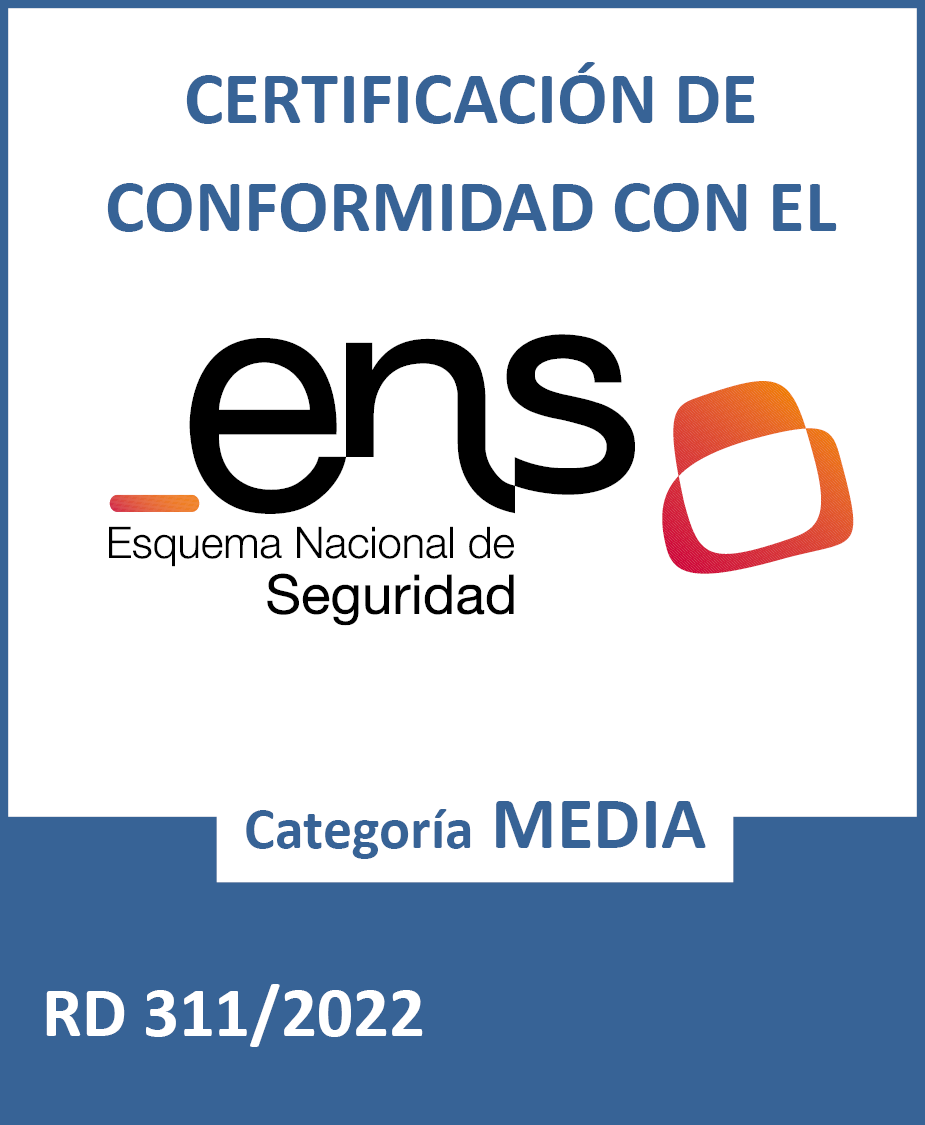This is how we help companies, connecting people with technological solutions to solve their daily problems.
How can you capture a precise medical image using a smartphone? Is it possible to replace costly clinical equipment with innovative mobile solutions?
At Coditramuntana, we believe that technology should serve people—solving real-world challenges through efficient solutions. That was exactly the case with the Universitat Politècnica de Catalunya (UPC), which presented us with a challenge as technical as it was exciting: to develop a mobile application capable of capturing high-precision ophthalmological images in controlled conditions.
The Polytechnic University of Catalonia - Barcelona Tech (UPC) is a public research and higher education institution in the fields of engineering, architecture, science and technology, and is one of the leading polytechnic universities in Europe.
Each year it graduates nearly 6,000 bachelor's and master's degree students, more than 300 PhDs and 1,600 students in lifelong learning programmes.
The problem: Connecting technology with real problems.
At the Centre de Desenvolupament de Sensors, Instrumentació I Sistemes at the UPC, they were faced with the difficulty of capturing precise ophthalmological images under specific conditions.
The limitation was the need to rigorously control the values of a monochromatic camera on the smartphone they were used to obtain clinical data. The model in question was a OnePlus 9 Pro.
As a result of this problem, the collaboration was born and the UPC started working with Coditramuntana.
The challenge: Development of a controlled capture tool.
The challenge for our Mobile Development team was to develop a tool that would allow taking pictures in specific and controlled conditions, adjusting the values of the monochrome camera.
In addition, we were looking for integration with a system of 7 LEDs of different intensities through a BLE (Bluetooth Low Energy) connection.
BLE is a type of Bluetooth connection that consumes approximately 10% less energy.
In addition, an essential functionality in this application was to be able to create customised profiles that include detailed information about the camera settings and LED configuration.
Solution: Application "Optica UPC".
The application designed by Coditramuntana, "Òptica UPC" became the integral solution to tackle this challenge, as it also offers objectives closely linked to the user experience:
- Ability to configure detailed profiles that control the monochrome camera and LEDs via a BLE connection. This allows sequences of photographs to be taken patients' eyes under specific conditions, ensuring the accurate capture of ophthalmological data.
- The application allows archiving and organizing the extracted results. In addition, it automatically saves the photographs, together with a document that compiles all the patient data and information on the profiles used, which greatly facilitates the management of all the information.
Benefits obtained: Efficiency in the collection of clinical data.
The "Òptica UPC" application is an effective solution for the controlled capture of ophthalmological images, which improves the accuracy of the clinical data collected and its management.
Moreover, by allowing detailed profile configuration and automated results management, the tool brings efficiency to the clinical data collection process.
This not only facilitates the work of medical and research staff, but also contributes to more accurate and valuable information for ophthalmological study and diagnosis
Key Features:
- Controlled capture: Utilizes AndroidX_Camera to access the most advanced Android system API. Provides full control over ISO, exposure, and intensity, ensuring high-quality images in specific clinical conditions.
- LED management via BLE: Integration with a system of 7 configurable LEDs. The app allows users to select the active LED and automate sequences, speeding up patient preparation.
- Custom profiles: Enables saving specific camera and LED settings per patient or experiment. This facilitates exact test repetition and easier result comparison.
- Document automation: The app generates reports with the captured images and parameters used, improving traceability and optimizing document management.
Estimated results:
- +40% improvement in clinical image quality.
- –25% reduction in average patient preparation time.
- Full automation of document management.
- Increased precision in ophthalmological studies, without the need for additional hardware.
Key to success: Collaboration and coordination.
After a consultancy and requirements analysis phase, Coditramuntana's Mobile team, always working under the Agile methodology, got down to work, elaborating a functional document with the particularities of the new project.
Greater coordination between the client and the Mobile team involved in the project is undoubtedly a very important part of the result obtained with the creation of this tool.
Click here to find out more about how Coditramuntana can help to overcome similar challenges through innovative technological solutions.
Do you have a project? Let's talk!
Want to see another success story? Click here!


